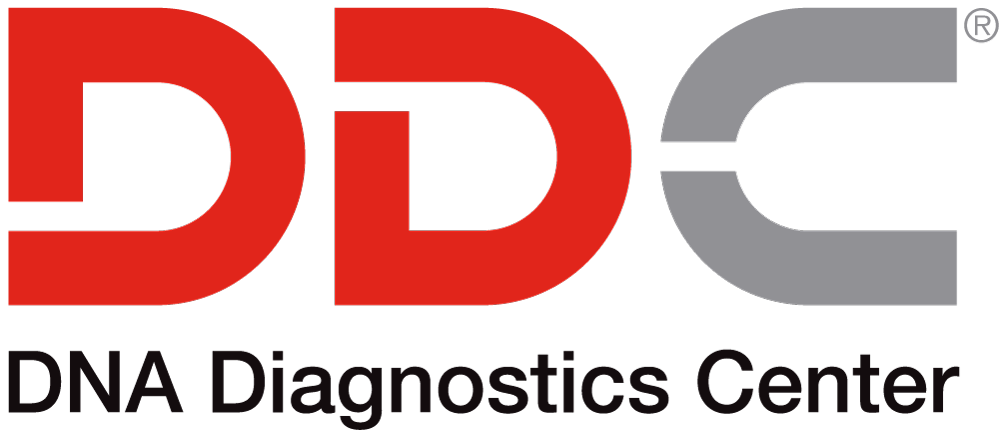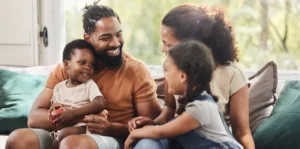AUGUST 29, 2017
Babies Switched at Birth: Should You be Concerned? | DDC

It sounds like something you’re more likely to see in soap operas than in real life. But the parental nightmare of babies switched at birth does happen from coast to coast, in America and around the world too. Popular TV shows like ABC’s Switched at Birth and even popular literature have explored—and yes, exploited— this topic because it is so horrifying, yet fascinating.
But if you’re growing your family, should you really be concerned about babies switched at birth at the hospital or even at the daycare center? Here are some facts.
CALL FOR A FREE CONSULTATIONBaby Swap: Some Quick Stats
- Up to 500,000 babies every year are at potential risk of going home with the wrong parent, sometimes even despite the sophisticated identification methods employed by hospitals
- Although it’s difficult to document specifically, some estimates say that at any given point during their stay in the hospital, as many as one in four babies may be temporarily given to the wrong parents
- Up to 18 babies a year may actually go home with families that aren’t their own, although the baby switch is generally caught almost immediately after the incident
Despite the statistics above, only eight incidents of babies switched at birth were physically documented in the United States between 1995 and 2008. It may be because there is no mandate in America for incidents to be reported, which makes getting hard stats nearly impossible until that changes.
In Real Life: Baby Switch Nightmares
Mtsensk, Central Russia
When her child was two-years-old, a Russian mother discovered that her baby’s maternity-ward ID tag had a different woman’s name on it. She soon met the other mother and their sons were swapped yet again. It’s been a difficult adjustment for both families and the nurse responsible for these babies switched at birth was fired.
Marion, Illinois
A mother’s intuition kicked in when she was sent home from Heartland Regional Medical Center with her newborn son. She felt like something just wasn’t right. Sure enough, she found out within hours that she had the wrong boy and that her son had been sent home with someone else. Apparently, the babies’ ID tags were switched when they were circumcised.
El Salvador
In 2015, a British man and his Salvadoran wife gave birth to a baby boy at the Hospital Centro Ginecologico. The brown-skinned, dark-haired baby looked just his mother—or so they thought. It turns out they went home to Texas with the wrong child. The couple raised the child for three months, but got suspicious. A DNA test proved the baby wasn’t theirs, and the babies switched at birth were restored to their proper families. The couple’s baby was blonde and blue-eyed after all, like his British dad.
CALL FOR A FREE CONSULTATIONHow to Prevent Babies Switched at Birth
- Contact the hospital where you’ll give birth ahead of time and ask them specific questions about the measures they take to prevent an accidental baby swap. It’s your baby, and you have a right to ask this important question!
- Next, be vigilant about your baby’s whereabouts when you are in the hospital. Many mothers today refuse to even let their babies out of their sight during their stay
- Check your baby’s identification tags whenever you are with them and definitely before you leave the hospital
- Pay attention to your inner voice—if you feel strange about whether or not your baby’s yours, or if something just doesn’t feel right, speak out and do something about it. Get a maternity test from a trusted, accredited lab to confirm the baby’s identity
Final Thoughts
If you suspect that your baby or child may have been switched, or if you’re an adult who’s not sure of your parentage, the surest way to put your mind and heart at ease is to do a DNA maternity test. It works just like a paternity test: all it takes is a quick cheek swab and a desire to know the truth.
About DNA Diagnostics Center (DDC)
DNA Diagnostic Center is the world leader in paternity and relationship testing. We serve healthcare professionals, government agencies, and individuals around the world to determine family relationships with trusted accuracy.
More Questions? Don’t hesitate to call us: we’re here to help!
CALL NOW




